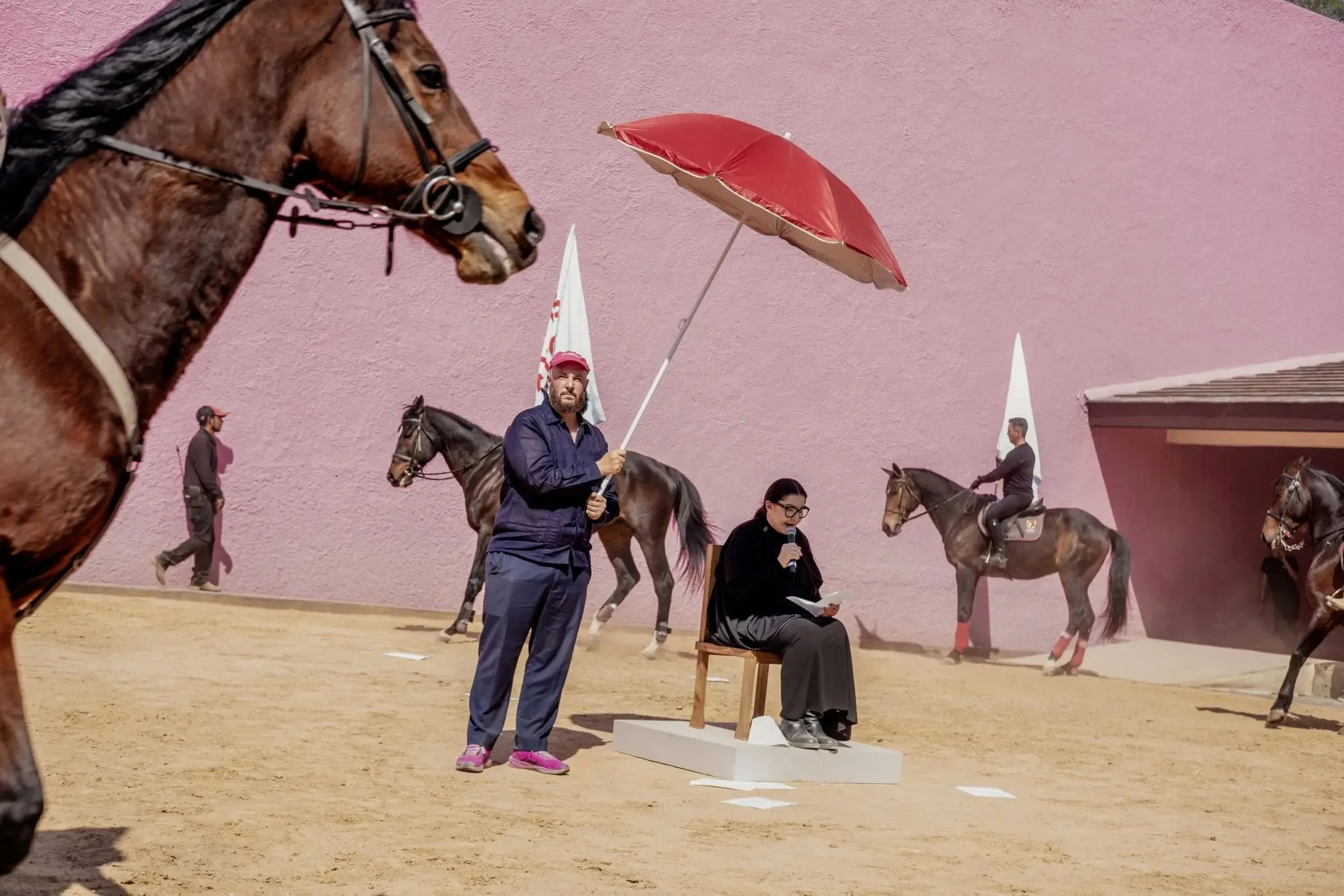e-flux Criticism // La madre, las palabras con los nombres, un sorbo y cuatro rayos
How do we move beyond histories that no longer fully represent us? The 2016 peace agreement with the FARC, which brought to an end roughly fifty years of war between the Colombian government and left-wing militia groups, stipulated three monuments to be built from the militias’ surrendered weapons and munitions. Doris Salcedo’s commemorative monument in Bogotá—a commission from the Colombian Ministry of Culture—inverted and expanded the idea of heroism usually accorded to monuments. She designed a cast iron floor made from thirty-seven tons of melted-down weapons that were cast in molds hammered into shape by women victims of sexual violence by guerrillas during the conflict.
This anti-monument was installed in a new cultural center—Fragmentos Espacio de Arte y Memoria—in the retrofitted ruins of a house from 1565 in Bogotá’s La Candelaria neighborhood. The center follows the example of local leaders, including former Bogotá mayor and social practice artist Antanas Mockus, in its aim: to fuse art and policy and bring publics together to process the trauma of decades of war. At Fragmentos, curator Carolina Cerón gathers pieces by five Colombian artists—Mónica Restrepo, Ana María Montenegro, María Leguizamo, David Medina, and María Isabel Arango—whose work “bridges past and present.” The show poses the question of what to do with sociopolitical and cultural memory of years of armed conflict and an imperfect peace process, set against the resolutely violent backdrop of Salcedo’s monument.
“La madre, las palabras con los nombres, un sorbo y cuatro rayos” [The mother, the words with the names, a sip and four rays] is the result of the first open call by Fragmentos, which aimed to offer local curators the opportunity to gain experience and to highlight the work of emerging Colombian artists. With the war and its cost (human, societal, political) forming the literal ground on which the show stands, the project makes the institution available for a new generation of artists and curators to parse histories that no one these days wants to talk about, but that also remain impossible notto talk about. This is the problem with memory: forgetting and remembering are part of the same process, of retelling and reshaping the past as present realities and prevailing values shift.





